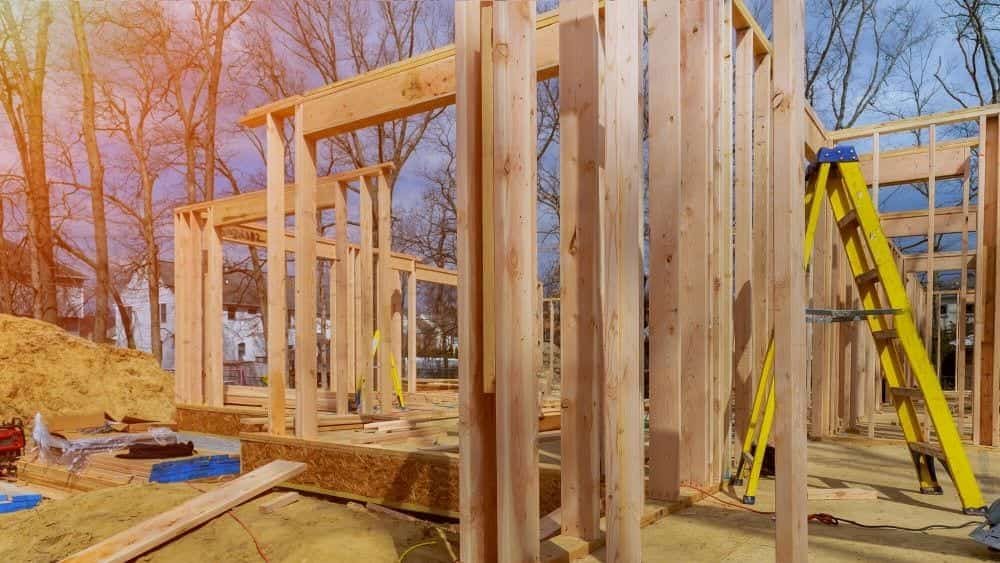Creating a modern house is an exciting experience, packed with possibilities to design a living space that truly represents your aesthetic and needs. Whether you are a novice builder or seeking to construct your perfect home, grasping the most effective building practices is crucial for a seamless and productive construction process. From choosing the right materials to handling financing options, each step plays a crucial role in realizing your concept to life.
In this extensive guide, we will lead you through the multiple aspects of recent home construction. You will learn key considerations such as how many months the building process generally takes, the advantages of choosing new construction over buying an existing property, and the newest design trends shaping homes in 2025. We will also delve into useful tips for selecting a talented builder, creating an optimal budget, and steering clear of common traps along the way. If you're keen to integrate smart home features or consider energy-efficient designs, this guide aims to prepare you with the insight you need to render informed choices when constructing your modern home.
Building Method Summary
Constructing a unique home is an invigorating experience that entails detailed preparation and implementation. Southern Highlands New Home Builder starts with picking a suitable lot and drafting the house. It's essential to find a balance between your individual wants and local laws. Engaging with an architectural designer can assist you develop a design that fits both your ideas and any legal requirements.
Once the plan is completed, you will proceed into the permit acquisition phase. This phase is essential as it involves applying for the necessary construction approvals and ensuring adherence with regional zoning regulations. Understanding these laws can prevent you avoid setbacks or costly modifications down the track. During this period, selecting the right builder is also crucial. They will guide you through the intricacies of construction and help coordinate the project from inception to end.
As construction begins, the procedure can typically be divided into individual stages, such as foundation construction, structural works, and interior work. Keeping an eye on the schedule and remaining in contact with your construction team will help that the work progresses efficiently. Being cognizant of likely holdups and unexpected charges is crucial, as they can affect your cost and total plan. By staying diligent throughout these stages, you can strive towards creating the dwelling of your wishes.
Budgeting and Budgeting
When embarking on the path of constructing a new home, understanding your financing options is crucial. Multiple loan types are available for new construction, including traditional loans, Federal Housing Administration loans, and construction-to-permanent loans. Every option has its specific requirements and advantages, so it's essential to evaluate your fiscal situation and determine which loan best aligns with your needs. Consulting with a mortgage advisor can provide useful insights into your eligibility and possible interest rates, helping you secure the most favorable deal.
Creating a practical budget is also key factor in the home-building journey. Consider all possible costs, including land acquisition, construction materials, workforce, permits, and utilities. Additionally, be mindful of hidden costs that can arise, such as surprising site conditions or changes in design. It's advisable to set aside a contingency fund of about 10 to 15 percent of your total budget to cover unforeseen expenses, ensuring that you remain financially secure throughout the construction process.
Lastly, understanding how to cut costs and where to spend more can significantly affect your final home. Prioritize essential features that align with your lifestyle, such as energy-efficient systems and durable materials, while being more flexible with cosmetic elements that can be modified later. Effective budgeting will not only help you avoid financial stress during the construction phase but also ensure that your new home meets your expectations without overspending.
Style and Resources Choice

Choosing the right style and materials for your fresh home is important to establish a environment that satisfies your family’s requirements and displays your individual style. Start by thinking about the layout and movement of your home. Open concept designs are popular for their spacious feeling and flexibility, while classic layouts can offer separate rooms for specific functions. It’s important to select a floor plan that suits for your way of life, whether that entails entertaining, family gatherings, or peaceful getaways.
When it comes to materials, think about durability, upkeep, and eco-friendliness. For example, opting for green building resources can not just enhance your home's sustainability but can also contribute to lower energy costs in the long run. Furthermore, outside choices such as masonry, wood, or stucco can dramatically impact the appearance and durability of your home. Investigate the advantages and disadvantages of each option to find the best fit for your stylistic intentions and budget.
Finally, pay close attention to present styling fashion while ensuring that they correspond with your personal vision. Trends for 2025 may include intelligent living amenities that improve convenience and safety, as well as aspects that promote wellness, like daylight and exterior areas. By thoughtfully considering your style and resources choice, you can build a beautiful and practical new home that stands the test of time.
